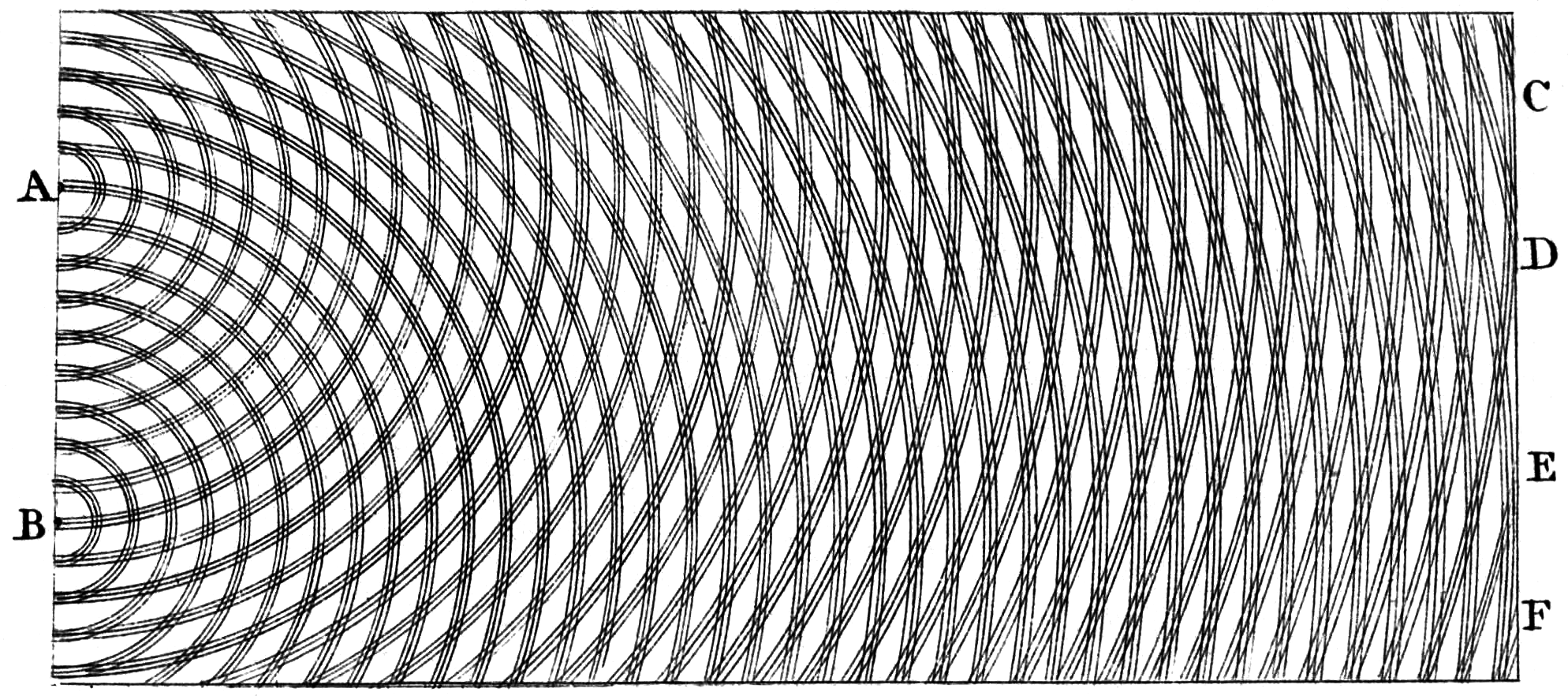Diffaction in what? What's the source of that pic?
Either way, the result in practice will be what matters, metal or no metal, the resulting FR, THD, transients, etc. are of most importance. TWFKs tend to sound better at the reference plane, that is why long, thin nozzles are used. The CK10's tuning may make it more compliant to shallow insertion, but that wasn't necessarily the case IME, but it's been a while since I heard the CK10.
It's just a random picture of diffraction. What I mean is sound doesn't 'like' to travel down echoey plastic tunnels, I think the CK10 might use Titanium but I don't have a picture or blueprint of the nozzle.
The FR, THD and IR are only important if you're looking for an IEM with flat FR, low THD and fast IR decay........ I'm not sure if that's all we're actually looking for in an IEM.
Even if two IEM's have identical THD levels, or one is higher, or similar impulse response, perhaps they just have different time envelopes
http://en.wikipedia.org/wiki/ADSR_envelope#ADSR_envelope, overtones or harmonics, which in turn result in a different and unique tone in each one..... after all there is no perfect IEM in THD, IMD or IR.
Analyzing that resulting unique tone with hardware or software is impossible. If you want to test the colour accuracy of a PC monitor, you can use a calibrator
http://www.digitalversus.com/lcd-monitor/colour-calibration-profiles-your-monitor-a424.html and easily prove it's more accurate than human sensitivity. Likewise, humans are much more sensitive to tonal difference than any computer software or hardware, which are fairly useless at identifying an instrument or voice, let alone differences
within the instrument or voice, or if 10 are playing at once, and naturally they can't tell you the quality of how it sounds.
Humans are sensitive to 0.0001% tonal difference since we need to use it all the time, such as hearing fear or 100 other emotions in someones voice... birds... deer... steel... paper... instruments... music!...........
If IEM's all had perfect IR, perfect square waves and 0.00001% THD, IMD... well then they'd all sound nice and transparent, open windows to the recording without any tone of their own (apart from the soundspace size and related 3D perceptions), in reality they all sound slightly 'different' and we can't really anlyze 'how' they sound different.
Here is an example, lots of THD and choppy square waves -
http://www.innerfidelity.com/content/hifiman-re-262-and-re-272-ear-headphones-measurements, neither graph relates to human perception, and neither graph can
tell me the differences between the RE262 and RE272.
Which makes perfect sense, since graphs like that can't really
tell me the difference between a clarinet and flute either, only
show me a nonsensical difference.





























